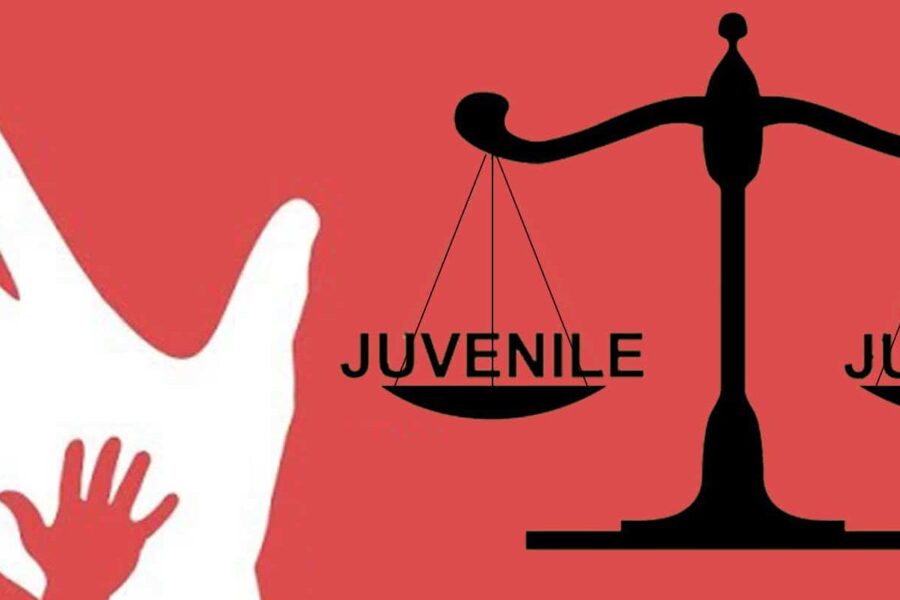The juvenile justice system is a legal structure created particularly to handle cases involving people under a certain age who are accused of committing crimes. Its main objective is to rehabilitate and reintegrate young offenders, as opposed to just concentrating on punishment. This system typically puts the child’s best interests and well-being first.
HISTORY OF JUVENILLE JUSTICE IN INDIA
Until the 18th century, juvenile offenders were treated the same as adults, when a global movement started calling for special treatment, particularly in nations like the U.K. and the U.S.A. For young offenders, this movement placed a greater emphasis on rehabilitation than on punishment. In accordance with this change, the United Nations Convention on the Rights of the Child, which was ratified on November 20, 1989, placed a strong emphasis on protecting and reintegrating juvenile offenders and discouraged legal actions against them. In response, India repealed the Juvenile Justice Act of 1986 and passed The Juvenile Justice (Care and Protection of Children) Act of 2000. The 1986 Act, which had taken the place of the Children Act of 1960, attempted to put into practice the U.N.’s 1985 Standard Minimum Rules for Juvenile Justice.
With 63 articles spread throughout 7 chapters, the 1986 Act applied to all of India with the exception of Jammu and Kashmir. Its main goals were:
• Implementing a consistent juvenile justice system.
• Establishing vital infrastructure for the rehabilitation and care of children.
• Making sure that kids involved in heinous crimes receive fair justice.
STAGES OF LEGISLATION
Juvenile Justice Act,1986
In accordance with the UN Standard Minimum Rules, India enhanced its juvenile justice system with the goals of establishing a uniform legal framework, preventing and managing adolescent misbehavior, outlining procedures and rules, and defining specific offenses pertaining to adolescents. By including due processes and participatory models, the Act requires the state to allocate resources from various financial development sectors to support the well-being, prosperity, and recovery of teenagers. The goal of this regulation is to foster meaningful collaboration and coordination between purposeful offices and the formal structure.
Juvenile Justice Act 2000
Because there was no national consensus on the timeline for this kind of restoration, the methods used by many state governments failed to meet the stated objectives. The Indian government re-enacted the Juvenile Justice (Care and Protection of the Children) Act of 2000 in order to institutionalize and improve the approach to adolescent equity with respect to the essential clauses of the Indian Constitution and international obligations. To this end, a Working Group was formed, and on April 1, 2001, the Act took effect, covering the children under its purview.
Juvenile Justice Act 2015
Two Indian laws, the Juvenile Justice (Care and Protection of Children) Act, 2015, and the Adolescent Justice (Care and Protection of Children) Act, 2014, are intended to enable adolescent criminals between the ages of 16 and 18 to be tried as adults for actual offenses. The purpose of the Act, which was approved by the Lok Sabha and Rajya Sabha in 2015, is to make the process of selecting the appropriate course of action for orphaned, abandoned, and surrendered children more efficient. The Act also draws inspiration from the United Nations Guidelines for the Prevention of Juvenile Delinquency1990, Administration of Juvenile Justice1985, and other similar sources, as well as the Hague Convention on Protection of Children and Cooperation in Respect of Inter-Country Adoption1993.
REHABILITATION VS PUNISHMENT
Rehabilitation is a second opportunity for young people who made bad choices and engaged in illegal behavior. The primary objective of rehabilitation is to teach these young people what they did wrong and how to make wiser decisions going forward. Rehabilitation could include sessions in which the counselor attempts to identify the reason for a teen’s misconduct, such as stealing or fighting, and how they can prevent it in the future. Additionally, studies have demonstrated that rehabilitation programs lower the likelihood that young offenders will re-offend.
People are punished by being held accountable for their actions. It primarily aims to make them accountable for their misconduct rather than assisting them in changing. For instance, a teenager who is caught vandalizing a public park by spray painting graffiti may face a punishment that includes community service, during which they must clean the graffiti and perform other tasks. Therefore, it’s a technique for helping them see that their behavior has repercussions. To sum up, it would be prudent to state that actions have immediate repercussions. Rehabilitation, on the other hand, is seen as a more sustainable solution that addresses the underlying causes of crime and supports young people in creating a brighter future.
SUCCESSFUL JUVENILE REHABILITATION PROGRAMS
Many rehabilitation programs concentrate on different areas of recovery, some of which are listed below:
1. Programs for skill development
This gives young people useful talents and skills that make it easier for them to reintegrate into society. These programs concentrate on a variety of abilities, including communication, life skills, problem-solving, financial literacy, and more.
2. Psychological and counseling assistance
Juvenile offenders get assistance from trained counselors and psychologists in dealing with the emotional, psychological, and behavioral problems that lead to their misbehavior. By fostering emotional health and resilience in young offenders, these treatments seek to lower the risk.
3. Education initiatives
These courses combine academic learning with vocational instruction. Additionally, several rehabilitation facilities work with nearby schools to offer formal education programs and other services.
CONTRIBUTED BY- SHIKHA

